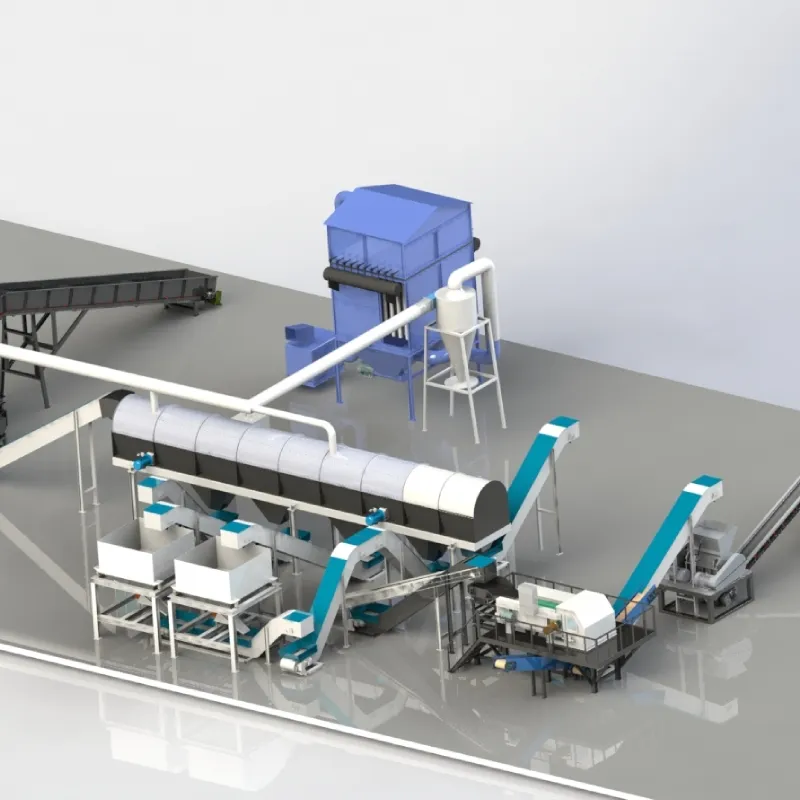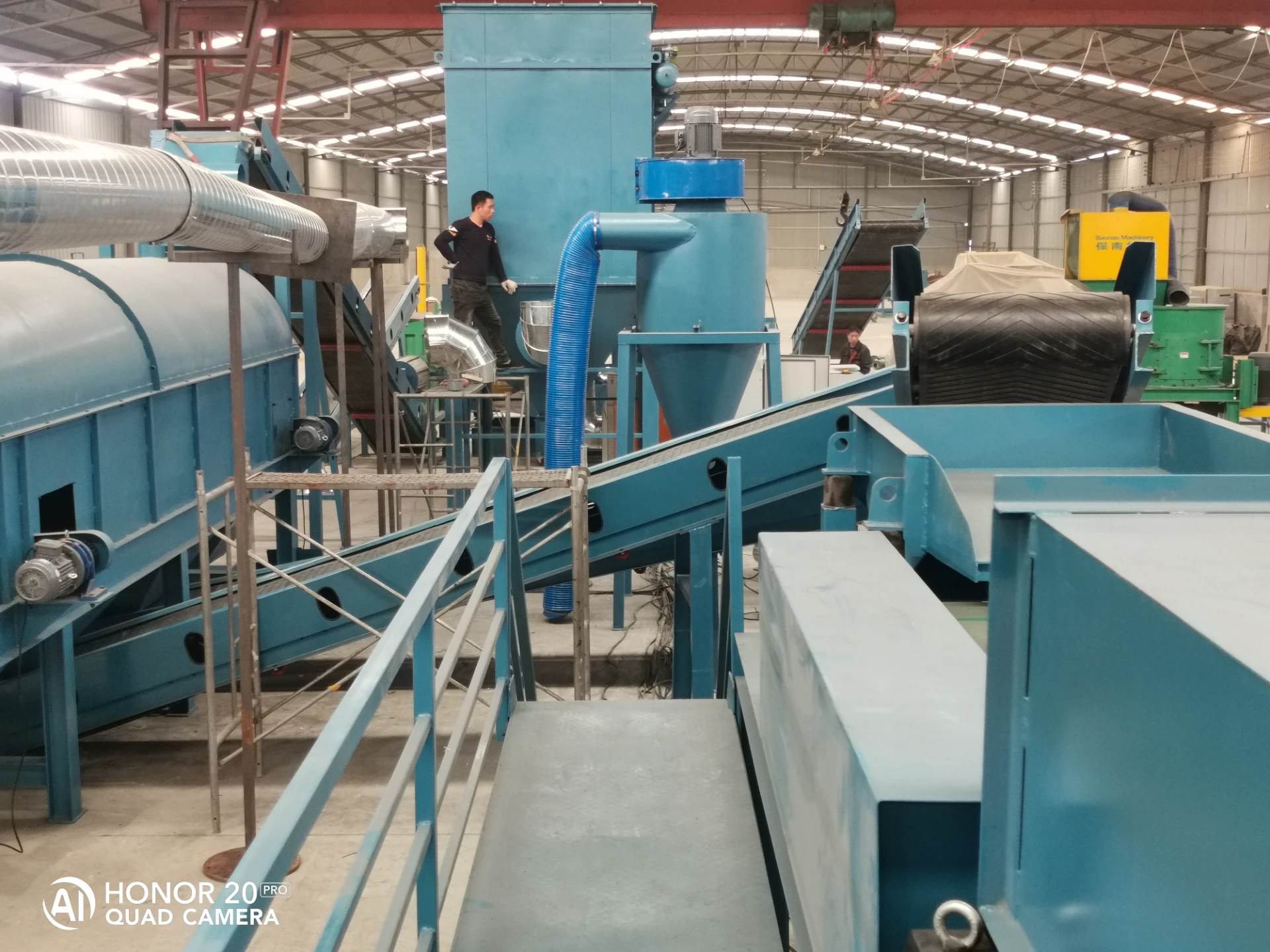Properly disposing of electronic devices is a critical task that involves several steps to ensure environmental safety and data security. As technology rapidly evolves, electronic waste, or e-waste, has become one of the fastest-growing pollution problems worldwide. Disposing of electronic devices correctly not only supports environmental sustainability but also helps prevent information leakage and supports compliance with legal standards.

The first step in the responsible disposal of electronic devices is data protection. Before anything else, safeguard your personal information. Regardless of the device, be it a smartphone, tablet, or computer, ensure all personal data is completely erased. Using factory reset options and encryption tools can help, but a more secure method is to employ data destruction software designed to overwrite data multiple times, making it irretrievable. For added confidence, consider consulting data security professionals who specialize in securely wiping data from electronic devices.
Next, it's crucial to understand the environmental and legal impacts of improper disposal. Many electronic devices contain hazardous substances like lead, mercury, and cadmium, which are harmful to both human health and the environment if not disposed of correctly. Regulations, such as the European Union's Waste Electrical and Electronic Equipment Directive (WEEE) and various e-waste management laws in the United States, outline steps for recycling or properly discarding electronic equipment. Familiarizing yourself with local regulations is vital to ensuring you're following the necessary guidelines.

For disposing of the physical devices, consider options such as manufacturer take-back programs, which often include mail-back services. Many manufacturers have established infrastructure to take back old products and recycle components sustainably. These programs are designed to handle the equipment responsibly, often harvesting usable parts for refurbishment or recycling to recover valuable materials.
In addition to manufacturer programs, local recycling centers can be a viable option.
Community e-waste collection events offer a practical way to dispose of electronic waste responsibly. These centers and events usually adhere to governmental regulations and have partnerships with certified e-waste recyclers. When choosing a recycler or disposal method, verify their certifications and environmental compliance standards to ensure they meet the necessary ethical and legal requirements.
how do you properly dispose of an electronic device
Donating functional devices is another excellent option for disposal. Organizations such as schools, charities, or non-profits often benefit from electronic donations. However, ensure the devices are in good working condition and consider installing fresh operating systems to erase any personal configurations. Not only does this extend the life of the products, but it also provides technological resources to communities in need.
Moreover, eco-conscious consumers might explore DIY upcycling projects to extend the life of their electronic devices creatively. With some innovation, outdated gadgets can be transformed into functional home technologies. Examples include using an old smartphone as a dedicated home security camera or repurposing a tablet as a digital photo frame. Such projects reduce e-waste while offering a personal, practical touch to your living space.
For companies managing large amounts of electronic devices, establishing an internal device disposal policy is beneficial. This policy should emphasize regular audits, data security measures, and partnerships with certified recycling organizations to manage their e-waste efficiently. Companies can also participate in broader industry efforts to reduce electronic waste footprint through alliances and collaborations focused on sustainability.
By following these guidelines, individuals and organizations can ensure they are disposing of electronic devices responsibly. This process not only helps protect the environment but also safeguards user data and complies with legislative standards, fostering a safer and greener future.


